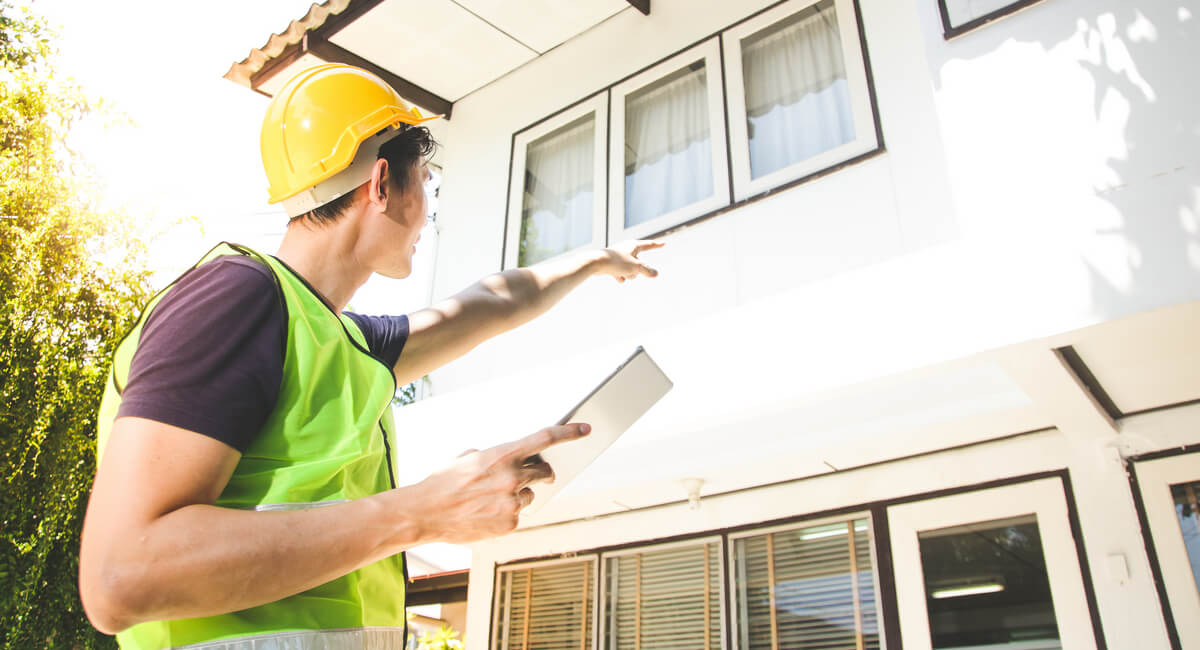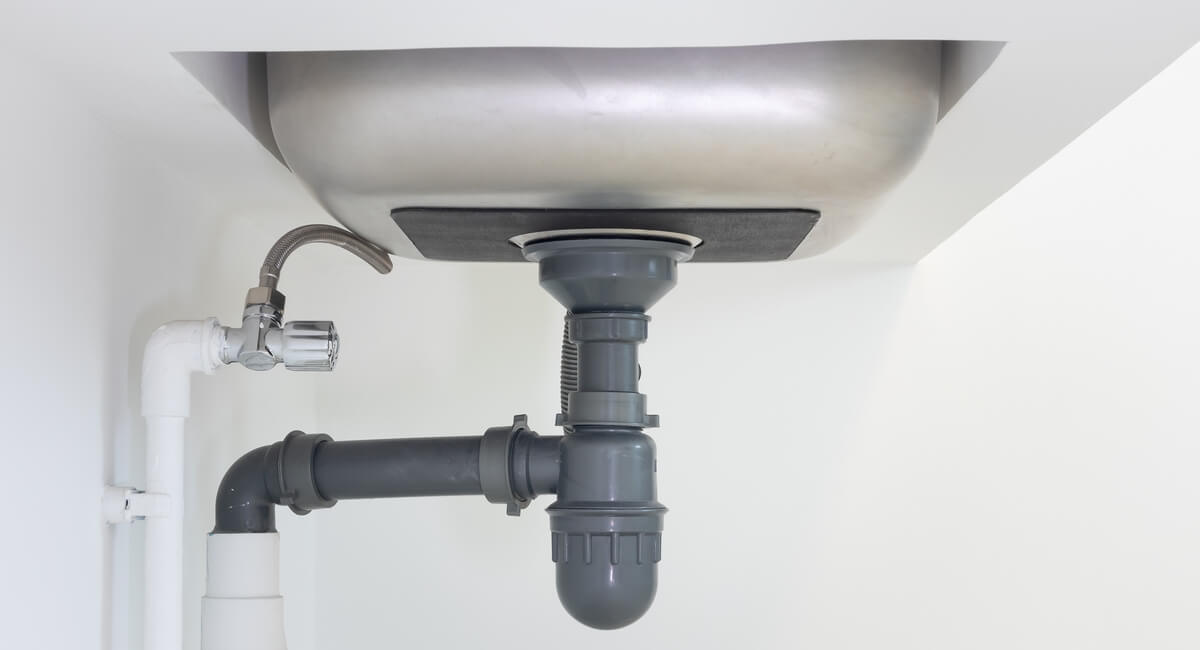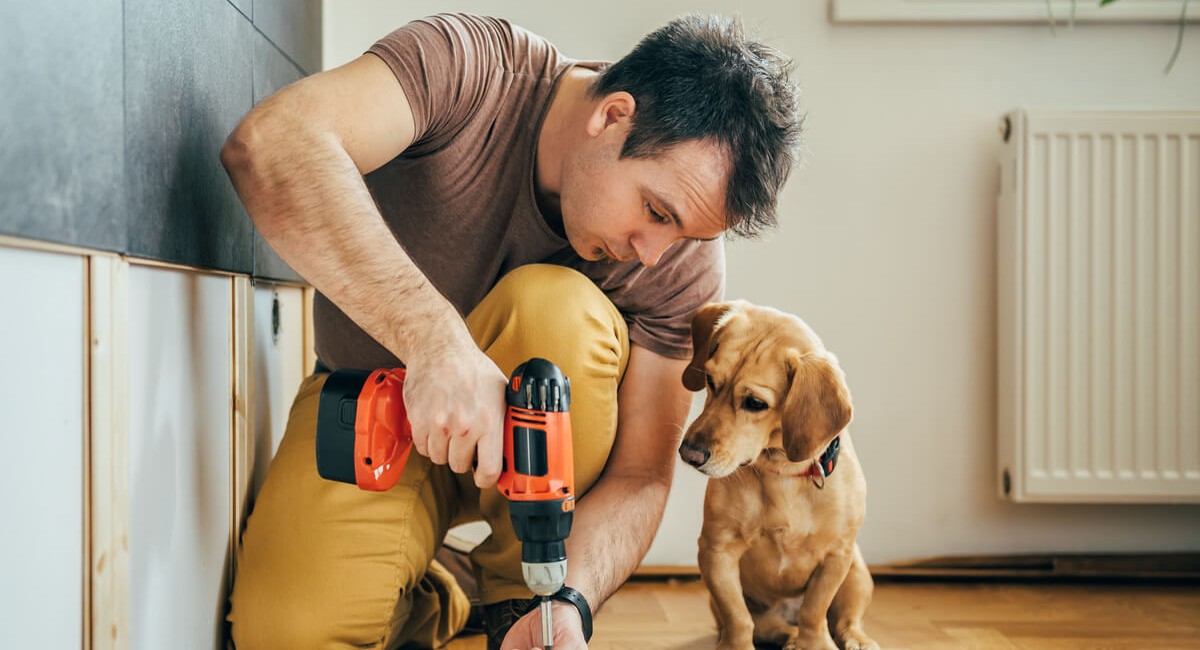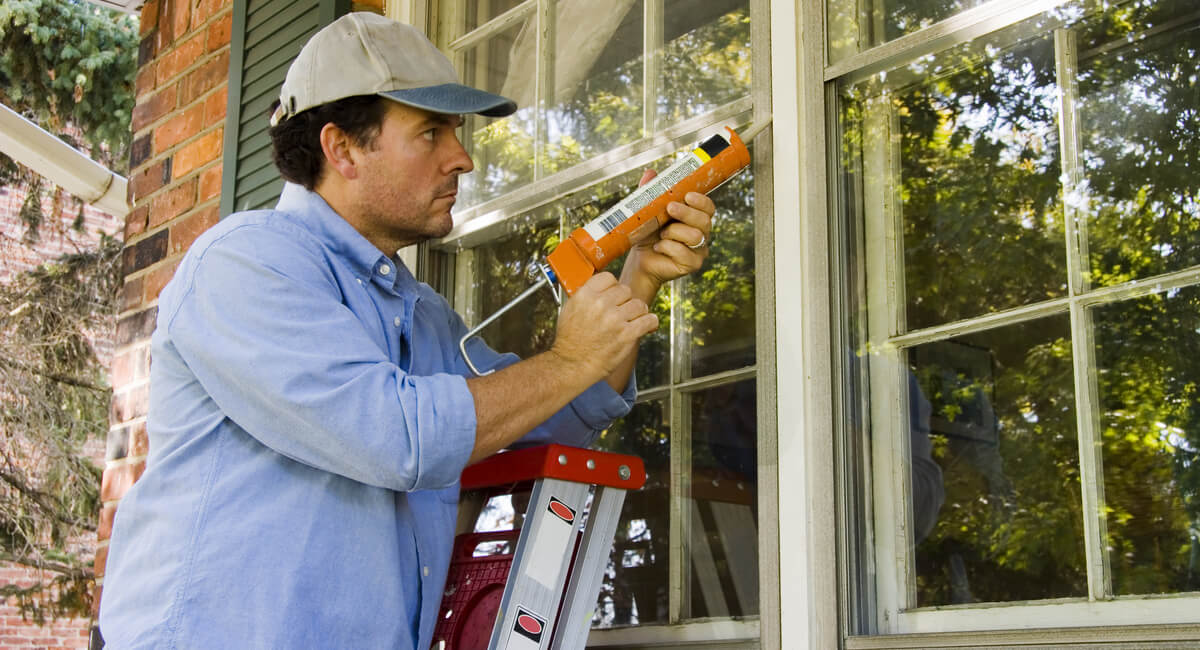It’s not uncommon for a buyer’s home inspection to reveal a deal-breaking issue with a property. As a seller, the last thing you want is for your buyer to back out when the inspector finds a costly, urgent problem that you were completely unaware of. A pre-listing home inspection is a great way to avoid this situation and feel more in control.
A pre-listing inspection reveals any potential issues or repairs you may need to make before putting your home on the market. It’s conducted by a professional home inspector and paid for by the seller.
If you’re planning to put your home on the market, you should understand how a pre-listing inspection works, what your inspector will look for, and how you can make the most of the results.

Why You Should Get a Pre-Listing Inspection
There are several reasons why it’s in your best interest to get a pre-listing inspection. Most importantly, a home inspection will give you more knowledge as you prepare to enter the real estate market.
If the inspection reveals major problems with your house, you can fix them before you list the property. This reduces the risk of buyers backing out of the sale, asking for concessions, or requesting that you make the repairs before closing.
By making the repairs first, you have more time to gather quotes, compare prices, and find the best contractor for the job. You also reduce the risk of your closing date being delayed.
You might decide not to fix the issues that your inspection reveals. However, you can still use this knowledge to set a reasonable and realistic listing price. Being up-front about the condition of the home will make the closing process smoother and faster.
If you have an excellent pre-listing inspection report, you can show it to buyers to make your listing more competitive. Buyers might even waive their home inspection if they’re satisfied with the pre-listing inspection.

What to Expect During a Pre-Listing Inspection
Your pre-listing home inspection will be essentially the same as any home inspection you’ve had prior to buying a house. You should work with a home inspector who’s licensed in your state.
You can limit the inspection to specific areas of your home that you’re concerned about, or you can request a thorough inspection of the entire property. A full inspection usually takes two to four hours and costs around $300 to $500.
Although you’re not required to be present during the home inspection, it can be helpful to consult with your inspector as they work. Your inspector can explain their findings and answer your questions throughout the process. They’ll also send you a full written report within a few days of the inspection.
Here are some of the key areas that your home inspector will assess:

Exterior
The inspector will check for signs of water damage and conditions that could lead to water damage. They’ll make sure water flows away from the house, the downspouts are facing away, and there’s no standing water in the yard or driveway.
Your inspector will also check for damage to the house’s siding and exposed cracks in the foundation. The inspection can also cover the deck, fence, shed, garage, and other outdoor structures, but you may have to specifically request it.
Roof
The inspector will assess the condition of the roof and look for damaged, molding, or missing shingles. They’ll check that the flashing is in good condition and that the chimney is straight. If you’re unsure how old the roof is, your inspector can also give you an approximate age.
Interior Rooms
Your pre-listing inspection will assess the safety and function of many different fixtures throughout your home. The inspector will check the windows and make sure the handrails on the stairs are secure. They’ll also inspect your appliances, such as your dishwasher, garbage disposal, and oven.
A home inspection includes an evaluation of the smoke and carbon monoxide detectors, too. If your home has a fireplace, your inspector will check that the flue is clean and in good working condition.

Plumbing, Electrical, and HVAC
Your inspector will look for the following points when evaluating your plumbing, electrical, and HVAC systems:
- Outlets are grounded
- Light switches are functional
- Water heater is in good condition
- No leaking pipes or faucets
- Ductwork is in good condition
- Air filters are clean
- Bathroom has proper ventilation
The inspector will evaluate the overall condition of your plumbing and electrical systems. However, if the inspection reveals any issues with these systems, you may need to hire a plumber or electrician to diagnose the problem and make repairs.

How to Make the Most of Your Pre-Listing Inspection
Once you’ve completed a pre-listing inspection, you have a number of decisions to make. Here are four strategies for putting your home inspection to good use:
Get Quotes for Repairs
Before you decide whether to complete the repairs or adjust the listing price of your home, you should collect quotes for any issues on the inspection report. Some problems might be quick and inexpensive fixes, and others could be much more costly. Try to get at least three quotes from reputable contractors in your area to get an idea of the scope of each project.

Prioritize the Repairs
You might not have the time, funds, or desire to fix every problem listed in your inspection report. Prioritize the repairs based on what buyers want and what will provide the best return on investment.
For instance, replacing old or broken appliances can make your home much more appealing to buyers. A new roof, on the other hand, may not increase the value of your home enough for you to recoup the cost.

Include the Inspection in Your Listing
A clean pre-listing inspection report will go a long way when marketing your home. If your inspection reveals no major issues, let prospective buyers check out the report. It will give buyers a sense of confidence in you and your home, leading to more competitive offers.

Adjust the Listing Price
Although it can be tempting to turn a blind eye to problems in the inspection report, the selling process will be smoother and faster if you use the inspection to set realistic expectations for your home sale. If you don’t plan on making repairs before listing your home, consider dropping the asking price by part or all of the estimated cost of the repairs.
A pre-listing inspection gives you more knowledge and confidence when selling your house and reduces the risk of surprises during the closing process. If you have any concerns about the condition of your home, scheduling a pre-listing inspection is a wise choice. For a few hundred dollars and a few hours of your time, you can gain vital information that will help you sell your home quickly and for the best possible price.


